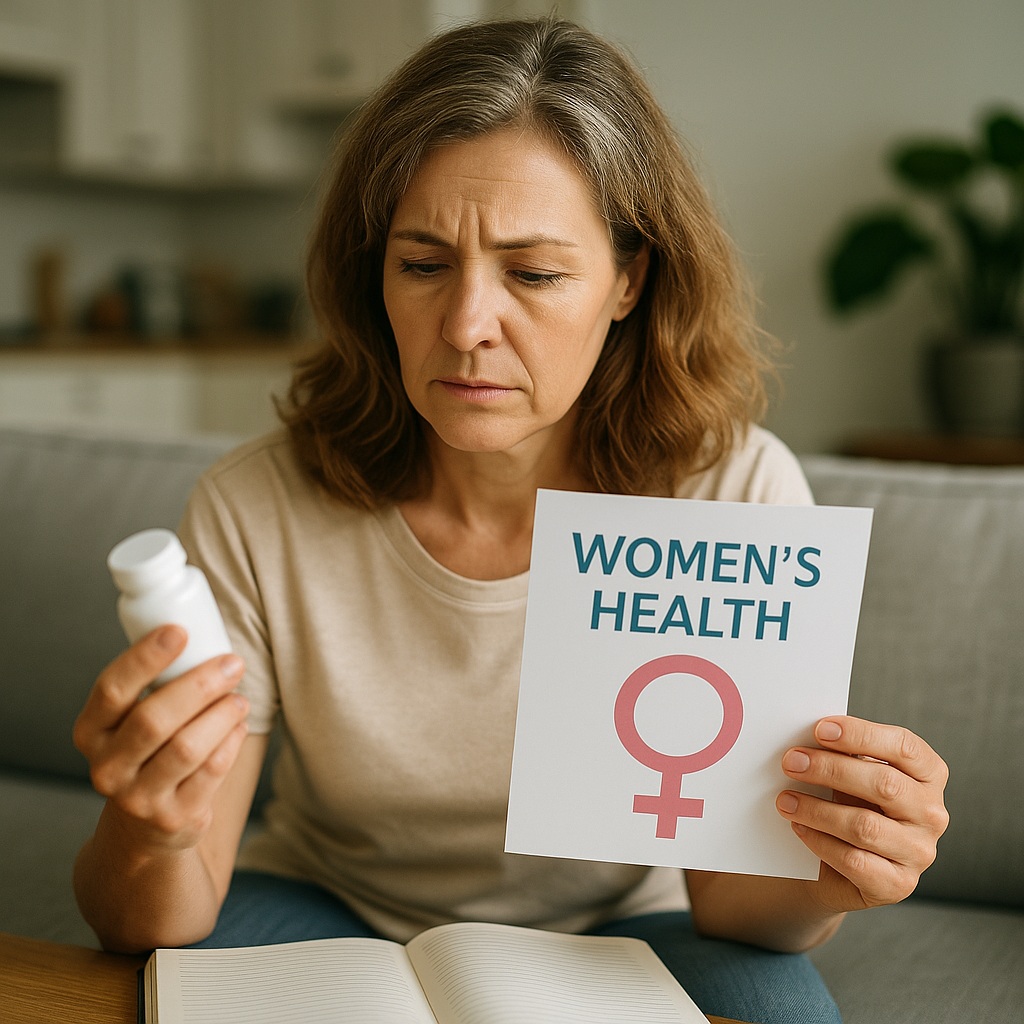Integrative Care in Women’s Health
Women’s health concerns are frequently managed as isolated medical issues, focusing on symptom-specific treatment without considering overall physical and mental well-being. For example, cases of heavy menstrual bleeding may lead to surgical procedures such as hysterectomy, while menopausal symptoms are often treated with hormone replacement therapy or antidepressants. These interventions, while sometimes effective, typically overlook the interconnectedness of physical and emotional health. A holistic approach views gynecological conditions as indicators of broader systemic imbalances, emphasizing the role of the mind-body connection in both diagnosis and treatment.
Understanding Polycystic Ovary Syndrome (PCOS)
Polycystic Ovary Syndrome is a condition marked by the ovaries’ inability to produce mature follicles, leading to irregular or absent ovulation, fertility challenges, excessive hair growth, and weight gain. Insulin resistance is recognized as the underlying cause of PCOS. Standard treatments often include blood sugar-regulating medications or contraceptives. However, holistic care focuses on correcting insulin resistance directly. This method aims to regulate the menstrual cycle, enhance fertility, and support weight management through a systemic, root-cause approach.
Management of Endometriosis
Endometriosis occurs when uterine-like tissue develops outside the uterus, resulting in symptoms such as pelvic pain, abdominal adhesions, heavy menstruation, and fertility issues. Conventional management typically involves hormone therapy, pain relief, or surgical intervention to remove affected tissue. In contrast, alternative approaches work to normalize tissue behavior, improve pelvic circulation, reduce inflammation, and enhance reproductive function. These integrative strategies provide a broader therapeutic perspective to managing the condition effectively.
Holistic Treatment Strategies for Women’s Health
Acupuncture
Used to promote circulation, modulate immune responses, lower stress levels, and alleviate pain symptoms.
Dietary Counseling
Emphasizes the consumption of nutrient-rich foods that support both reproductive and general health.
Herbal and Nutritional Supplements
Target hormone balance, menstrual regulation, blood sugar control, and emotional well-being.
These interventions often operate synergistically, addressing multiple facets of a woman’s physiological and psychological health.
Conditions Addressed by Holistic Approaches
Holistic practices are applied to a wide range of women’s health concerns, including:
- Preconception support and fertility enhancement
- Support during assisted reproductive procedures
- Prevention of pregnancy loss
- Care during prenatal and postpartum periods
- Labor and birth preparation
- Support for breastfeeding
- Anovulation and amenorrhea
- Painful menstruation (dysmenorrhea)
- Endometriosis
- Premenstrual syndrome (PMS)
- PCOS and irregular menstrual cycles
- Ovarian cysts and uterine fibroids
- Fibrocystic breast conditions
These conditions benefit from comprehensive care approaches that aim to restore systemic balance and improve overall wellness.
References
- Steinberger A. (1981). The treatment of dysmenorrhea by acupuncture. American Journal of Chinese Medicine, 9, 57–60.
- Ternov K. et al. (1998). Pain relief during labor: Acupuncture vs standard care. Acupunct Electrother Res, 23(1), 19–26.
- de Aloysio D., Penacchioni P. (1992). Morning sickness control by Neiguan point acupressure. Obstetrics and Gynecology, 80, 852–854.
- Belluomini J. et al. (1994). Acupressure for nausea and vomiting of pregnancy: A randomized study. Obstetrics and Gynecology, 84, 245–248.
- Riordan J., Nichols F. (1990). Study of lactation mastitis in long-term breastfeeding women. Journal of Human Lactation, 6, 53–58.
- Walker EM et al. (2009). Acupuncture vs venlafaxine for vasomotor symptoms in breast cancer patients: A randomized trial. Journal of Clinical Oncology.
- Singh BB et al. (1998). Incidence of PMS and remedy usage. Alternative Therapies in Health and Medicine, 4, 75–79.
- Oleson T., Flocco W. (1993). Reflexology for premenstrual symptoms: A randomized controlled study. Obstetrics and Gynecology, 82, 906–911.
- Helms JM. (1987). Acupuncture for primary dysmenorrhea. Obstetrics and Gynecology, 69, 51–56.
- Lewers D. et al. (1989). TENS for dysmenorrhea relief. Physical Therapy, 69, 3–9.
